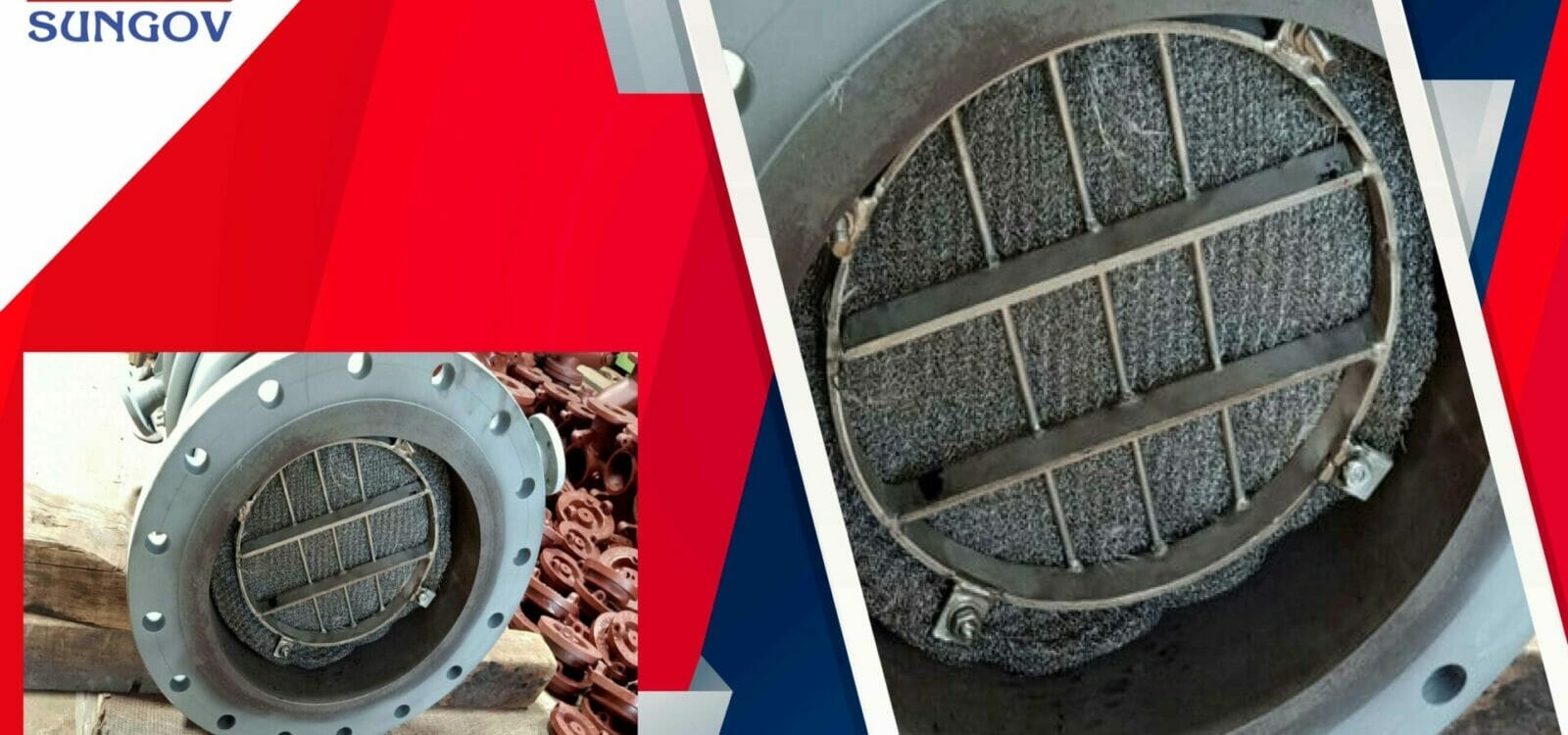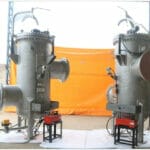Introduction
The Knockout Drum’s function is to remove oil and liquids from flare gases. It is part of the flare header system, which is the main component in petroleum and natural gas refineries. Usually, in these plants, the gases that are released contain certain amounts of oil and water that can turn hazardous for the environment. The flare system works to safely remove these gaseous wastes from the processing setup by burning the gas first without releasing it into the atmosphere. By this system, the hydrocarbon gases that are generally produced in an industrial plant setup are not directly released but converted to carbon dioxide and water vapor, thus making this component a champion for the environment.
Why is it Essential to have a Knockout Drum

Removal of liquids and oil from flare gases is the main function of a knockout drum. This is necessary mainly because:
- Contaminants in oil lead to unstable burning and this is hazardous
- The water droplets can extinguish flare flames
- Liquids can cause excess smoking
- When burning liquid and oil contaminants they release chemical sprays that can be dangerous
Called by names such as mist eliminators, scrubber separators, vane pack separators, demister pad separators, inertial separators, the knock-out drum functions as one of the main components in a refinery and is made available in horizontal and vertical configurations.
Horizontal Knock Out Drum Design
The operating parameters and most importantly, the space available determines the design choice of the knockout drum. When the flowrate is high and the need for storage of liquid is more, there is a use for the horizontal knockout drum.
The following are some of the advantages of a horizontal knock-out drum:
- Pressure drop is low
- Easier to handle larger liquid loads
The path in which the vapor enters and the knockout drum determines its design. Some fuel gas knockout drum designs are as follows:
- Vapor enters the center and exits at each end on the horizontal axis
- Vapor enters one end of the vessel exits the top of the opposite end (internal baffling-none)
- Vapor enters each end on the horizontal axis and exits the central outlet
Vertical Knock Out Drum Design
This design works best when there is not enough space to place a knockout drum and the liquid load is low. The designs that can be implemented are as follows:
- Vapor enters the vessel radially and exits at the top of the vessel’s vertical axis. However, note that the inlet stream has to be baffled and the flow directed downwards
- Vapor flow enters tangentially from the tangential nozzle, and gravity plays its part in determining the settlement of the liquid at the bottom, while the vapor exits from the outlet at the top of the drum’s vertical axis
Combination Drum
This is a combination of both horizontal and vertical knockout drums. At the base of the flare, system is the vertical drum and further upstream is the horizontal drum. This kind of combination drum helps handle large gas volumes and is very effective at removing gas and oil in the flaring system.
Conclusion
If you manage natural gas, oil or petroleum refinery units, it is vital to capitalize on a good knockout drum for your flaring processes. The use of a knockout drum is also to maintain the safety of the unit and people. As part of separators and filters, Sungov Engineering offers customized horizontal and vertical knockout drums. If you are unsure about which knockout drum works for your processes, call us to understand how we can help you better.




